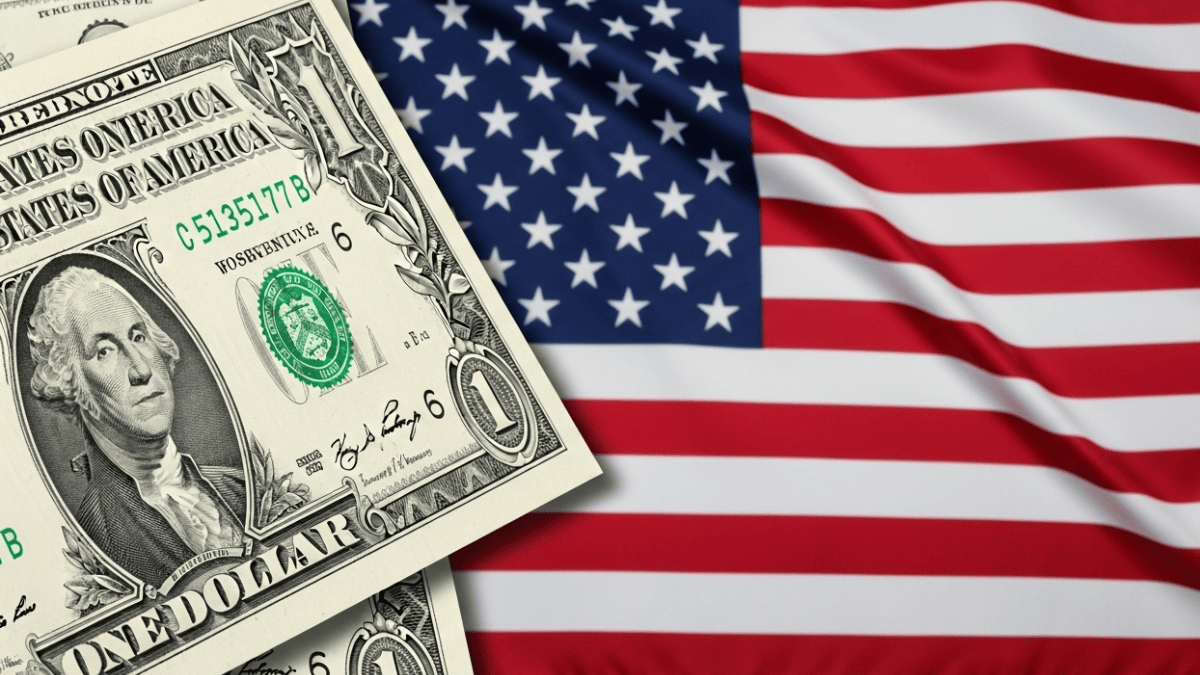
Trump’s “One Big Beautiful Bill” Might Raise Student Loan Costs by $3,000 a Year
The proposed ‘One Big Beautiful Bill’ by President Trump has generated widespread concern, particularly among student loan borrowers. According to the Student Borrower Protection Center (SBPC), the average college graduate could end up paying an extra $2,928 annually under this bill compared to the current SAVE repayment plan. This significant increase is attributed to major changes in how income-driven repayment plans are structured, which may lead to higher financial burdens for many borrowers.
One of the most impactful aspects of the bill involves the elimination of several existing income-driven repayment options, such as the SAVE plan, Pay As You Earn (PAYE), and Income-Contingent Repayment (ICR). Under the new framework, incoming borrowers would only have access to two federal repayment choices: a revised standard payment plan and a newly introduced income-driven option called the Repayment Assistance Plan (RAP). The standard plan would offer fixed payments over a 10- to 25-year period, while RAP would adjust monthly payments between 1% and 10% of the borrower’s income, with a minimum of $10 per month.
In addition to altering repayment structures, the bill introduces stricter borrowing limits for graduate and professional students, along with parents applying for PLUS loans. Graduate students would be capped at $20,500 annually and $100,000 in total, although those enrolled in professional programs may qualify for higher limits. Parent PLUS loans would also face a lifetime cap of $65,000. Another notable change is the removal of subsidized loans, which currently protect borrowers from interest accumulation during their time in school. Without this safeguard, more students and parents may turn to private lenders, often facing significantly higher interest rates.
For loans disbursed after July 1, 2027, borrowers will no longer be able to defer payments due to economic hardship or unemployment. Forbearance periods would also be restricted to nine months within any 24-month window. However, one potential benefit includes allowing borrowers to rehabilitate defaulted loans twice, providing some relief for those who fall behind on payments. These restrictions could make it harder for financially struggling borrowers to manage their debt effectively.
The bill also proposes measures that tie federal loan eligibility to the financial outcomes of graduates. College programs where alumni earn less than the median high school graduate in their state would lose access to federal student loan funds. Additionally, the repeal of regulations like the “gainful employment” rule aims to hold educational institutions accountable, potentially affecting funding and availability for certain academic programs.
Although the bill generally presents challenges, there are a few favorable provisions. Payments made under the new RAP plan would count toward Public Service Loan Forgiveness (PSLF), offering some relief to public sector workers. However, the Trump administration has aimed to limit PSLF benefits by redefining “qualified employers” and possibly excluding organizations labeled as “anti-American,” including those involved in transgender healthcare or disability advocacy.
Legislatively, the bill cleared the House of Representatives and narrowly passed the Senate in a 51-50 vote, with Vice President JD Vance casting the deciding ballot. It was anticipated to land on President Trump’s desk before July 4, signaling alignment with his broader fiscal agenda focused on tax cuts, spending priorities, and addressing national debt.
However, the financial implications of the bill are substantial. Over the next decade, it is projected to increase the national debt by $3.3 to $3.4 trillion. The Congressional Budget Office (CBO) estimates that federal tax revenues would decline by $4 trillion, with a dynamic budget deficit increase of $1.7 trillion over ten years. Among its key components are permanent extensions of the 2017 Trump-era tax cuts, alongside new deductions such as the non-taxation of tips and overtime pay.